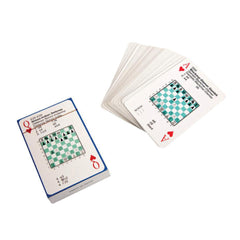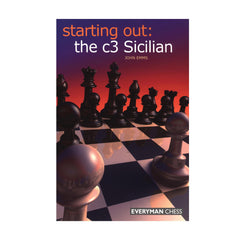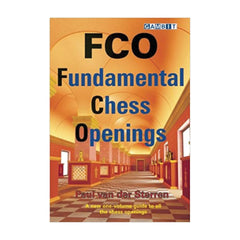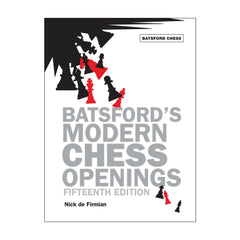There are just seven weeks before the South African Junior Chess Championships (SAJCC), and we're counting down the weeks with you while helping you prepare.
This week we're focussing on openings.
One of the most important reasons to study chess openings is to understand how and where to develop your pieces. Knowledge is power - and chess is no exception. Many beginner players don’t spend time preparing their openings, which is why the opening is always a brand new experience for them.
Without opening knowledge, you are never in control of the game because your opponent obtains the initiative and controls which direction the game will go in.
Here are six tools to build your opening knowledge.

1. Test your knowledge with opening cards |
 2. For first-time SAJCC players 2. For first-time SAJCC playersAward-winning author, Charles Hertan, knows what kids really need to know (and want to know) about getting their pawns and pieces ready for action. Basic chess openings for kids isn't about memorising boring lines, but building a solid understanding of the fundamental opening principles. Get to grips with the properties of each chess piece, and how can they be mobilised effectively to work together and create a strong position on the board in this humorous and kid-friendly book. This is a fun, easy-to-use, down-to-earth and accessible chess opening primer. |

3. Avoid the traps and having to defend for the rest of the game 222 opening traps after 1.e4 is an essential guide to setting and avoiding opening traps. It's suitable for every player who wants to prepare for the traps in opening play and is designed to increase combinative ability and systematically expand your opening repertoire. Written by two internationally recognised grandmasters, this book covers the traps that can be expected after the double advance of the white d-pawn. For every possible opening after 1.d4 - including the Queen's Gambit and the King's Indian Defense - there are explanatory texts detailing the most typical trap motifs. |
 4. Get to grips with the fundamentals of the c3 Sicilian 4. Get to grips with the fundamentals of the c3 SicilianStarting out: c3 Sicilian is ideal for up-and-coming players and enthusiastic chess players who have little experience of the c3 Sicilian. In this book, c3 Sicilian expert and grandmaster, John Emms, revisits the fundamentals of the c3 Sicilian. He goes back to basics and explains the critical early moves and uses instructive games to demonstrate key plans for both White and Black. The book is easy-to-read and the lucid explanations of the fundamentals, the abundance of notes, tips and warnings will help you absorb vital ideas. |

5. The perfect survival guide to chess openings for ratings between 1300 - 1800 Fundamental Chess Openings offers a wealth of ideas and explanation, together with the basic variations of each and every opening. This knowledge will equip players to succeed in the opening and provide a superb grounding in opening play on which to build a more sophisticated repertoire. |

6. For serious SAJCC players |


